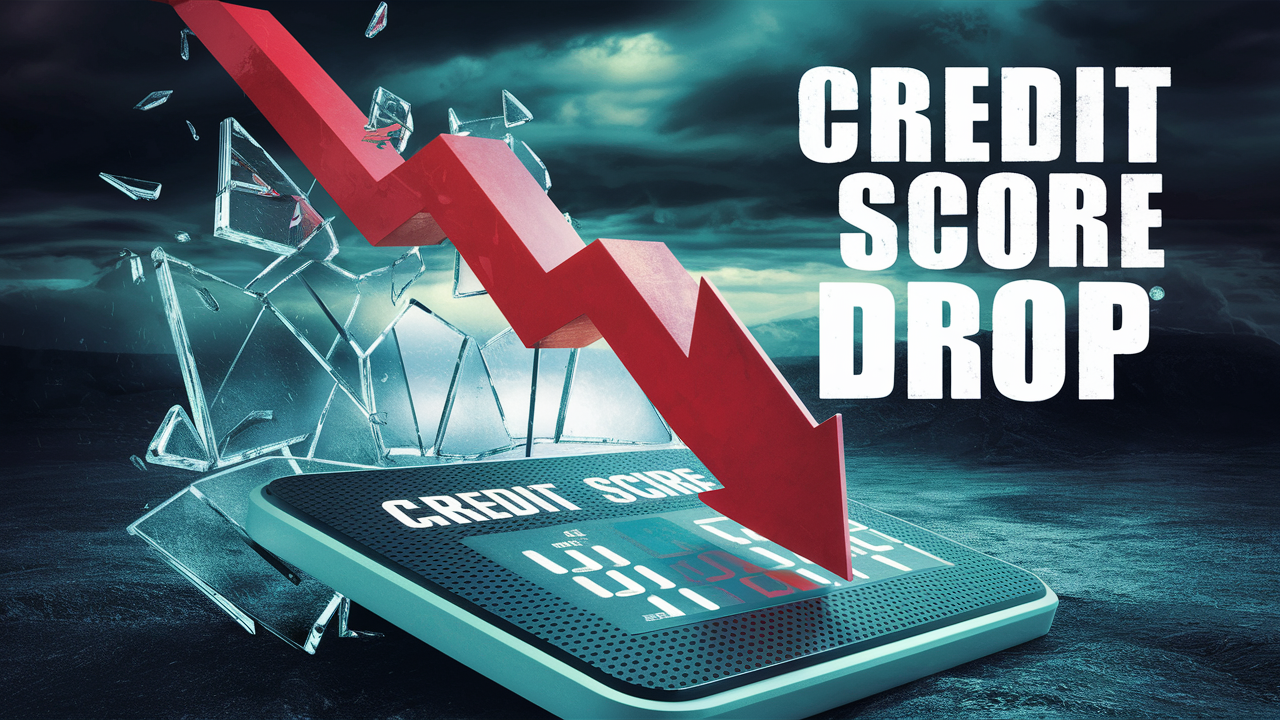Uncovering the Origins: When Did Credit Score Start

Learning about the history of credit scoring helps us understand its importance today. It shows how credit scoring has changed from ancient times to today's advanced systems. Knowing when credit scoring began gives us a better view of its role in lending and finance today. By looking into this journey, we can see the challenges and effects of credit scores in our lives.
The Early Beginnings of Credit
Before credit scoring became official, old civilizations like Mesopotamia and Rome used basic credit systems. These early methods heavily depended on trust and the reputation of borrowers. Lenders gave loans to people who were seen as reliable. As time went on, the idea of credit changed. Lending became more organized, creating the basis for modern credit scoring.
The concept of credit in ancient civilizations
Credit ideas go back to early societies like Mesopotamia and Egypt. Farmers in those times needed help, so they used credit to get seeds and tools. In 1754 BC, the Code of Hammurabi gave rules about credit. It talked about interest rates and how to protect borrowers. In ancient Rome, banking grew with moneylenders and credit deals. China's Tang Dynasty was the first to use bills of exchange for trade credit. These early systems set the stage for how we use credit today, paving the way for modern credit cards like American Express. They highlighted the importance of trust and the history of financial deals.
The evolution of lending practices through the ages
Lending practices have changed a lot over time. In ancient times, people borrowed money through barter trade and informal ways. As societies grew, rules and interest rates for lending were created. In the 1950s, the first credit scoring models were formed. This changed how people checked if someone could pay back the money, including the emergence of instalment loans. These updates helped to create the modern credit scoring methods we see today.
The Birth of Modern Credit Scoring
In the middle of the 20th century, modern credit scoring changed how loans were given. The credit bureau was established in the United States, leading to significant reforms, including the Equal Credit Opportunity Act. It helped create a better way to check people's creditworthiness. During this time, the first credit scoring models were made in the 1950s, changing how we look at credit risk. Key figures like Bill Fair and Earl Isaac were important in developing these ideas, which can be explored further through the Wayback Machine. Their work set up the credit scoring models we use today.
The introduction of the credit bureau in the United States
The first credit bureaus in the United States started in the 19th century. Companies like Retail Credit Repair Company, now called Equifax, were among the first. At first, these bureaus helped local businesses with credit and personal information. Over time, they began to gather data on how reliable people were when borrowing money, influenced by the Fair Credit Reporting Act guidelines from the Consumer Financial Protection Bureau. The goal was to put all credit information in one place, which would help lenders make better choices about borrowing. This change started the development of credit scoring models. It changed the lending industry.
The development of the first credit scoring models in the 1950s
In the 1950s, the first models for credit scoring appeared. This was an important change in how we assess credit, including factors like employment status. These models changed how lenders looked at borrowers. Before, lenders used personal opinions, but now they rely on data. By measuring creditworthiness from financial behaviours, these models built the base for modern credit scoring. This move to more objective rules helped make credit assessments more consistent and opened the door for more progress in credit scoring.
Key Milestones in Credit Scoring History
The history of credit scoring has important moments. One key moment was the introduction of the FICO score, which changed how credit is looked at and helped grow credit scoring in consumer lending, including the increased reliance on personal loans. It greatly changed the way credit is evaluated today, with major credit bureaus compiling credit files for consumers. These changes made it better at assessing credit risk. They also affected lending choices and interest rates in many areas. The FICO score and the growth of credit scoring helped create standard ways to evaluate credit.
The adoption of the FICO score
The FICO score came about in the late 1950s and changed how credit is assessed. It was developed by Earl Isaac and Bill Fair, founders of Fair Isaac Corporation. The FICO Auto Score is an important variant that set a standard system to judge credit risk, and in the mid-1990s, it became essential as Freddie Mac and Fannie Mae started requiring it for mortgage applications. Now, it is used by top lenders, mortgage companies, and national credit bureaus to check creditworthiness. This scoring model has greatly changed how loans are given, influencing today's credit system.
Expansion of credit scoring into consumer lending
The use of credit scores in credit scoring grew in consumer lending. This changed how banks and other lenders, including credit card companies, checked if people were at risk. By using data-based methods to check creditworthiness, lenders could decide faster and better. This change made it easier for more people to get credit, loans, and credit cards based on their credit profiles. As consumer lending changed, credit scoring became a key part of deciding who could get credit and what interest rates they would pay.
Current Credit Scoring Models
Understanding credit scores today means knowing how the FICO score works and how it affects loans for people, including student loans. VantageScore is important, too, as it gives another view of how reliable someone is with credit. There are also special credit scores designed for different industries. These methods are changing as technology advances. They are meant to give a full picture of a person's financial health and credit risk. Today’s credit scoring systems use different metrics to make sure all borrowers are evaluated fairly and accurately across many sectors.
Understanding the FICO score today
The FICO credit score is very important for credit scoring, just like the Equifax credit score. Lenders use it to see if a person can be trusted with credit. This score goes from 300 to 850. Higher scores mean there is a lower credit risk. Several things can affect your FICO credit score. These include payment history, how much credit you use, how long your credit history is, how many new credit accounts you have, and your credit mix. Checking your FICO credit score often can help you know your finances. It can also help you make good choices about credit. Knowing your score might let you get better deals on loans and credit cards.
VantageScore and its role in modern credit scoring
VantageScore is a credit scoring system that came out in 2006. It offers another way to look at a borrower's credit, different from the FICO score. The three major credit bureaus—Equifax, Experian, and TransUnion—worked together to create it. VantageScore uses a unique method that helps lenders see a person's creditworthiness in a new light. This system also considers a shorter credit history, which can help people with limited credit records. VantageScore is known in the market for being innovative and for improving modern credit scoring practices.
Niche and industry-specific credit scores
In credit scoring, special credit scores are important for measuring risk in specific areas. These areas include auto loans, insurance, and mortgages. Unique credit scoring models look at specific factors that matter to each type of credit industry, including insurance companies. This helps lenders see the risks more clearly. By using these tailored scores, banks and other financial groups can make smarter lending choices. This is good for both the lenders and the people borrowing money.
Global Perspective on Credit Scoring
Credit scoring systems are different around the world. They adapt to the financial rules of each country. In places like Canada, the UK, and Australia, credit scoring models are similar to the system used in the US. Still, there are important differences. For example, the UK places a strong focus on voter registration. On the other hand, emerging markets may struggle because they have less credit data. It's important to understand these global differences. This helps us see how credit scoring affects financial systems all over the world.
Credit scoring systems in other countries
Credit scoring systems change from country to country based on their financial situations. In Canada, credit scores go from 300 to 900. The main factors are payment history and how much credit one uses. In Australia, the system looks at both good and bad financial actions. In the UK, credit scores depend on whether a person is on the electoral roll and where they live. These different methods show how credit scoring can adjust to fit different cultures and economies.
Comparing the US credit system with international practices
The US is unique when it comes to credit practices. It uses credit scoring models like FICO a lot. In other countries, credit scores are less important. They often focus more on personal relationships or collateral. For example, China and Japan value saving more than using credit. Many European countries use public records to help evaluate credit. The US has a credit-driven economy, which makes it easier for people to access credit. However, this can also result in higher levels of debt compared to countries that have safer lending practices.
Challenges and Criticisms of Credit Scoring
The discussion about fairness and privacy is getting stronger in credit scoring. It is still a big challenge to help those who are credit-invisible or have thin files. This issue affects people's chances of getting financial help. Critics are looking closely at how data, including the use of credit information, is collected and how it might be misused, especially in light of Wall Street reform efforts. There is a tough balance between needing accurate risk checks and protecting consumers. The changing situation needs regular checks and updates to make sure credit practices are fair and clear.
The debate over fairness and privacy
In the world of credit scoring, there is a heated debate about fairness and privacy. Some people believe that algorithms can carry biases, which might affect chances for certain groups. There are also worries about privacy because a lot of personal data is used in these assessments. It is important to find a way to be fair while still protecting consumer rights. Regulatory agencies are always looking at the ethical side of credit scoring to make sure things are clear and everyone’s privacy is safe. Finding ways to improve while keeping fairness and privacy is very important for the future of credit scoring.
Addressing the issue of credit invisible and thin files
With the rise of credit scoring, a new problem has appeared. This problem involves "credit invisibles" and "thin files." These terms mean people who have little or no credit history. Because of this, traditional scoring models find it hard to judge their creditworthiness. This issue mostly affects young adults, recent immigrants, and those who mostly use cash. To solve this problem, lenders are looking at new types of data and creative scoring models. They want to give fair credit options to people who do not have a strong credit history.
Conclusion
In conclusion, the history of credit scoring has made significant progress. It started with early lending practices in ancient times and now includes modern credit bureaus and advanced scoring models like the FICO score. However, there are still challenges. Issues like fairness, privacy, and including people with no credit history remain. It is important to understand different credit scoring systems around the world and the debates they raise. These discussions are vital for dealing with consumer credit. Ongoing changes and rules are needed to keep the credit system fair and clear.



